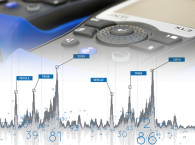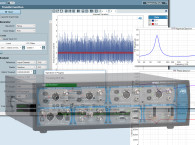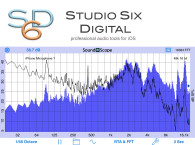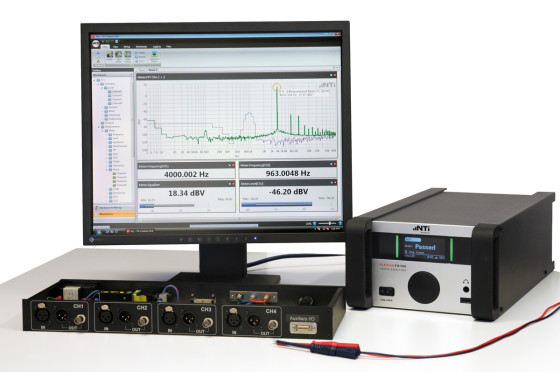
The octave and one-third octave results derived by the FX100 would be applied, for example to sound pressure level evaluation of headphones or earphones (DIN50332), sound attenuation measurements in the automotive and building acoustics industries, or noise emission from appliances and equipment.
In a real-time spectral analysis (RTA), the measurement signal of the microphone is fed continuously through band-pass filters. Each octave or one-third octave band has its own filter. The outputs of the filters are continuously time-averaged and presented as octave / one-third octave bands.
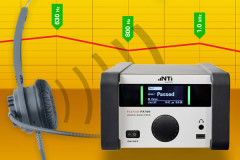 In an FFT, the measurement signal is acquired over a precisely defined time, and transformed into the frequency domain. For calculation of octave and one-third octave band levels from FFT results, the FFT signal is filtered and summed up. The filters meet the requirements of Class 0 according to the IEC61260 standard.
In an FFT, the measurement signal is acquired over a precisely defined time, and transformed into the frequency domain. For calculation of octave and one-third octave band levels from FFT results, the FFT signal is filtered and summed up. The filters meet the requirements of Class 0 according to the IEC61260 standard.The FFT measurement is not continuous. Therefore, in order to convert to octave and one-third octave band the measured signal must produce a constant spectrum with no large dynamic level changes. A common test signal is, for example, Pink noise. Also, noise emission from appliances or machinery (e.g. electric or internal combustion engine) is suitable.
Contained in the demo projects of the FX Control V2.8.0 software, is an application example for octave and one-third octave band measurements. In this example, an FFT is first measured and the high-resolution data written to a file. The application then calculates the octave and one-third octave results from the FFT data. This data is imported back into the FX Control software for presentation or to be used in further calculations. The measurement can also be evaluated with an “A-weighting” filter. The complete process is automated.
The FX-Control Software V2.8.0 and example projects are available for free download to registered NTi Audio customers.
www.nti-audio.com




